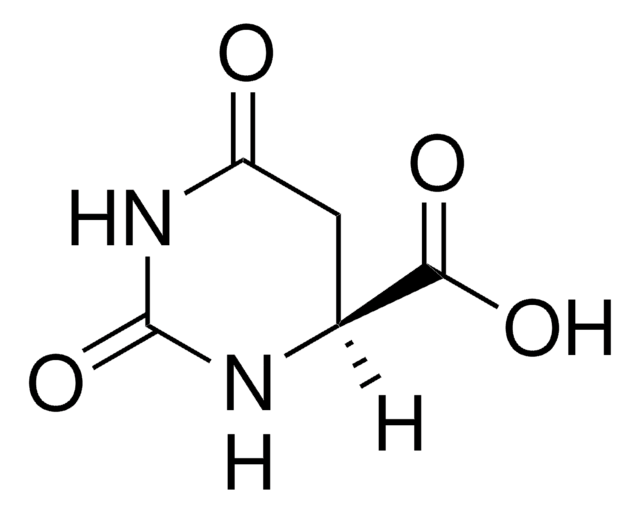119814
Sodium 2,6-dichloroindophenolate hydrate
ACS reagent
Synonym(s):
2,6-Dichloro-N-(4-hydroxyphenyl)-1,4-benzoquinoneimine sodium salt, 2,6-Dichloroindophenol sodium salt hydrate, 2,6-Dichlorophenolindophenol sodium salt hydrate
About This Item
Recommended Products
grade
ACS reagent
Quality Level
form
solid
loss
≤12.0% loss on drying
λmax
605 nm
application(s)
food and beverages
functional group
chloro
imine
ketone
SMILES string
[Na+].[H]O[H].[O-]c1ccc(cc1)\N=C2/C=C(Cl)C(=O)C(Cl)=C2
InChI
1S/C12H7Cl2NO2.Na.H2O/c13-10-5-8(6-11(14)12(10)17)15-7-1-3-9(16)4-2-7;;/h1-6,16H;;1H2/q;+1;/p-1
InChI key
XHSOLXWCGCVQHE-UHFFFAOYSA-M
Application
Storage Class
11 - Combustible Solids
wgk_germany
WGK 3
flash_point_f
Not applicable
flash_point_c
Not applicable
ppe
Eyeshields, Gloves, type N95 (US)
Choose from one of the most recent versions:
Already Own This Product?
Find documentation for the products that you have recently purchased in the Document Library.
Customers Also Viewed
Our team of scientists has experience in all areas of research including Life Science, Material Science, Chemical Synthesis, Chromatography, Analytical and many others.
Contact Technical Service












